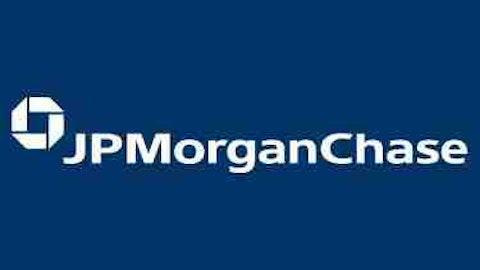Long live the bond market bull.
It started running in 1980, when a series of interest rate increases by the Federal Reserve finally broke the back of inflation, and it galloped onward for more than three decades. Yet the bond market bull died a quiet death on July 25, 2012, when the yield on the 10-year Treasury note fell to just 1.43%.
Though 10-year Treasurys may see their yields drift lower once again if the U.S. economy slows down from its current pace, it’s hard to see yields ever again falling to the levels we saw last July. Back then, a looming government shutdown threatened to imperil the U.S. economy, spooking the bond markets, though no such shutdown is likely to happen in the future. Congress woke up and realized the foolishness of that possibility.
More than likely, that steady uptrend you see in the chart above will continue moving in that direction. Whether in a slow or rapid fashion, a firming U.S. economy will set the stage for higher rates down the road as bondholders demand higher payouts to offset the risk that increasingly vigorous economic activity may lead to higher inflation.
For investors, the key question is where bond yields will be when the U.S. economy is back in decent shape. And where bond yields land will have a direct impact on stocks as well, most notably dividend-paying stocks.
Tossing Out The Outliers
Just as the past few years have been quite anomalous in the context of long-term interest-rate trends, so were the 1970s. Many still recall the double-digit inflation and interest rates that decade, which were due to a confluence of factors that is unlikely to repeat. As the 1970s and the past few years should be seen as outliers in terms of historical interest rates, we should instead look at the era from 1980 to 2010 to see how interest rate trends played out.
The 1980s were still affected by the bad memories of the 1970s, and the yield on the 10-year Treasury often exceeded 8%. By the early 1990s, inflation expectations started to dim and throughout that decade, we saw a steady drop in yields. Broadly speaking, we can look to the average yield on the 10-year Treasury over the past two decades and arrive at a figure just north of 4%. That’s roughly the interest rates seen from around 1998 to around 2008.
What’s so special about a 4% interest rate? That’s roughly the yield that gently brakes an economy from becoming overheated. (Indeed, a move above 5% in late 2007 gets some of the blame for an eventual sharp slowing in the economy in 2008.) Yet it’s not so high a yield that chokes off economic growth. In effect, in a moderately growing U.S. economy — let’s say in the range of 2.5% to 3% GDP growth — bondholders and the Fed would likely work in tandem to keep rates in the 4% range.






